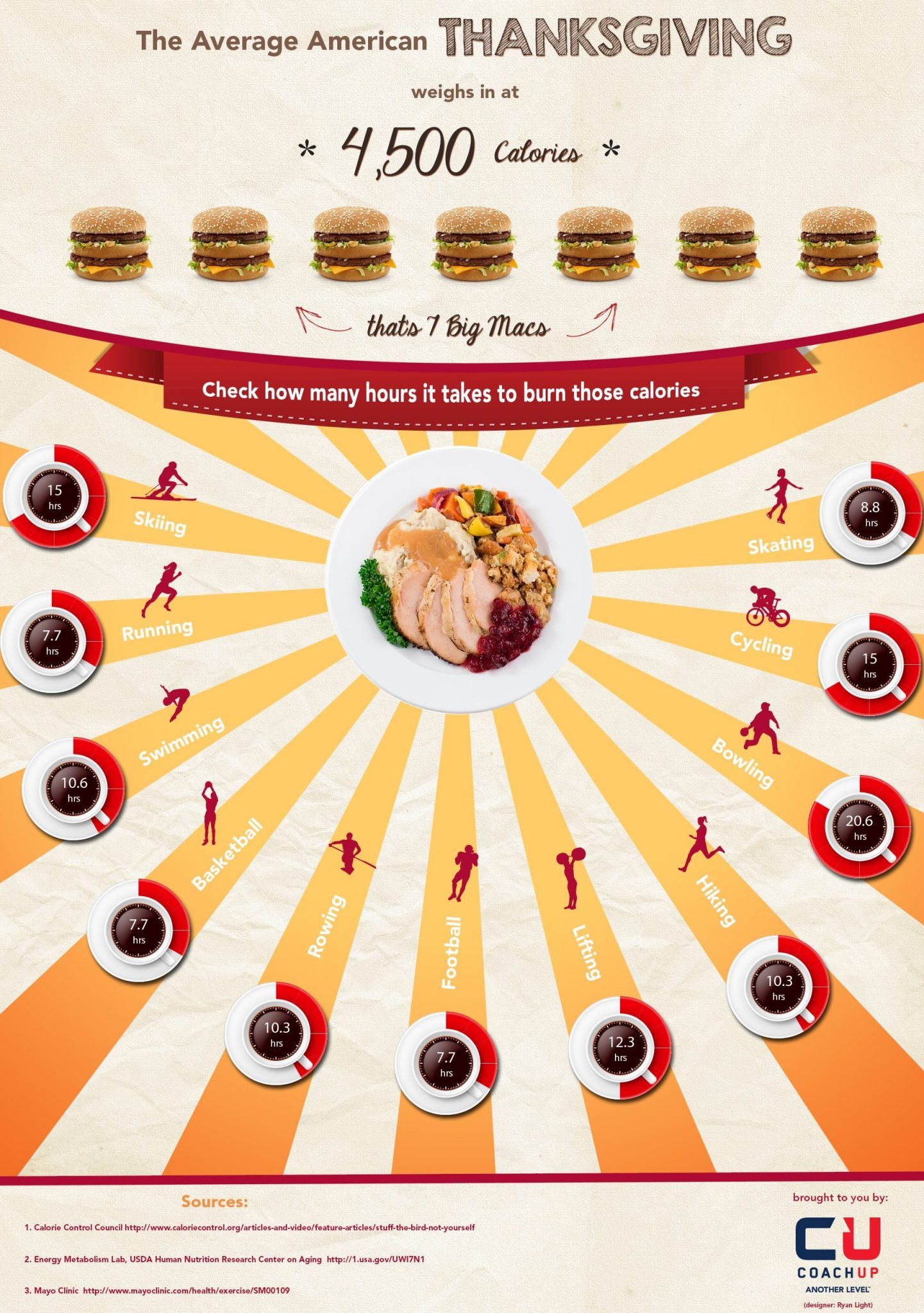Conditions Treated By Cold Laser Therapy For Myofascial Pain
Conditions Treated By Cold Laser Therapy For Myofascial Pain
Blog Article
Scientific Study on the Effectiveness of Cold Laser Method
Cold laser therapy is a valuable device to assist hurting administration and the recovery procedure. It is commonly made use of in sporting activities medication, dermatology and acupuncture.
Cold lasers pass through deep into tissues and promote chemical modifications without warming them. They lower swelling and swelling, speed cellular activity and accelerate healing.
Theoretical History
Unlike the high-intensity lasers that surgeons usage to puncture cells, cool laser treatment makes use of light-emitting diodes to penetrate into your skin and promote healing. As these photons reach damaged tissues, they initiate a chain reaction that enhances your cells' production of enzymes and increases your body's natural recovery processes.
The photons likewise minimize pain through the production of endorphins and increase your body's ability to drain swollen areas by inducing vasodilation (the expansion of blood vessels). Consequently, it assists you recuperate from musculoskeletal injuries and pain faster.
Lots of people have become aware of chilly laser treatment from their physical therapist, chiropractic specialist or medical professional and might be questioning exactly how it works. Unlike many laser devices used in the clinical area, which in fact warm up tissue, our cutting edge equipment gives off cold laser light beams that do not create any type of heating of your tissues. This allows your body to receive the healing advantages without activating any type of adverse effects.
Medical Trials
Cold laser treatment is commonly suggested as a treatment option for people that have bone and joint pain and injuries. It can be used to lower swelling, enhance tissues and accelerate the body's all-natural healing procedures.
Non-thermal photons of red and infrared laser radiation are absorbed by the light delicate elements in cells and launch an increase in intracellular metabolic rate that increases cell recreation, reduces swelling, eliminates edema and shortens recovery time.
Unlike the light that is produced by sunshine or basic lights, laser light is identical (all wavelengths travel in the same direction), systematic and monochromatic. These buildings enable laser power to penetrate much deeper right into the tissues.
A number of clinical trials have actually shown that LLLT can be efficient in lowering pain in the bone and joint system. However, more properly designed studies are needed to examine the optimal settings for laser irradiation and to establish its effectiveness in particular problems, such as dental mucositis in cancer individuals obtaining chemotherapy or radiotherapy, and wound recovery (consisting of diabetic ulcers following hammertoe surgical treatment). This Aetna plan bulletin does not deal with various other uses LLLT, including the treatment of different skin diseases.
Conclusions
Unlike surgical lasers that can ruin lumps or coagulate cells, cold laser therapy does not heat up the body's cells. Rather, the light boosts your cells to produce adenosine triphosphate, which accelerates the repair service procedure of injured tissues.
Aetna thinks about low-level laser (LLL) treatment clinically essential for the prevention of oral mucositis connected with cancer cells therapy (radiation treatment, radiation treatment, hematopoietic stem cell transplantation) and non-cancer treatments (such as radiodermal injury, fibromyalgia). A number of research studies revealed that LLT can be reliable in reducing PU symptoms without unfavorable impacts. Nevertheless, distinctions in research layouts and laser dosimetry made contrast of the results difficult; RCTs with low risk of predisposition are needed. Using a 660 nm wavelength and greater power thickness seems extra reliable than the various other researched laser wavelengths. cold laser technique This could be because the other wavelengths may stimulate inflammatory processes and cause more side effects. The effect of the type of laser used is also essential; the authors suggest that future research focus on evaluating different types of lasers and their doses to determine the optimal mix of laser criteria for PU avoidance.
Referrals
Cold laser treatment is made use of by dental practitioners to deal with irritated periodontal tissue, physicians to relieve pain caused by rheumatoid arthritis, and physiotherapists to speed up the recovery of muscle mass, tendon, and ligament injuries. Many medical insurance policy strategies cover this therapy.
Unlike hot lasers, which have a thermal effect on tissues, cool lasers (additionally called low-level lasers) boost the mobile energy of the skin. Photons from the laser light penetrate right into the cell, causing a collection of chemical modifications that promotes regeneration and lowers swelling.
In order to work, lasers should be correctly setup and made use of. This is why it is not suggested to get an affordable over the counter laser device and attempt to treat on your own in your home. A qualified practitioner is called for to make sure that the gadget is used appropriately to lessen the danger of eye injury and maximize its performance. The laser gadget must be gotten used to the right setting, intensity, regularity, and setting of the laser on the treatment location.